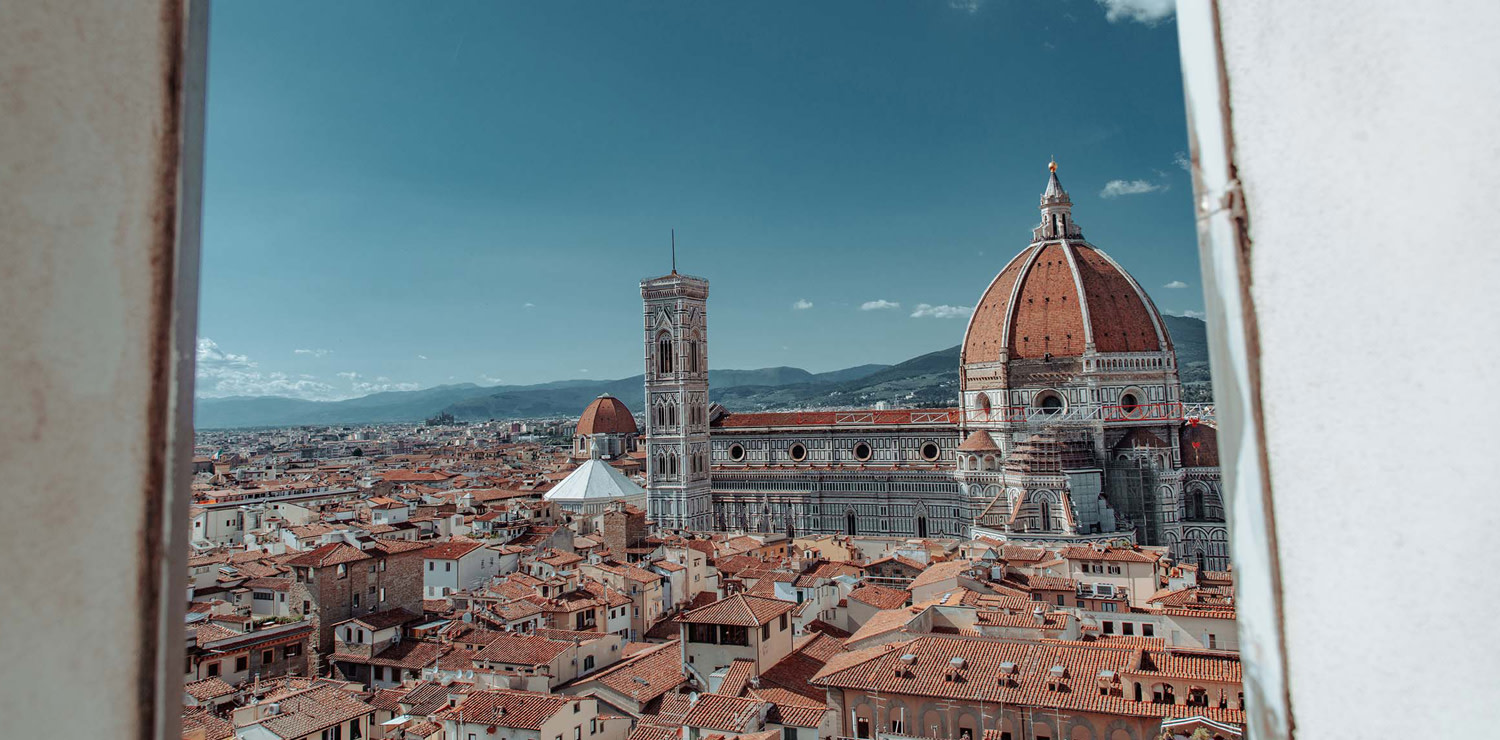I campanili di Firenze, visioni sublimi per raggiungere il sublime
In punta di piedi sulle vette più sacre, quelle da dove la città parla direttamente con il cielo
Per millenni all’uomo non è stato possibile sfiorare l’alta volta celeste.
La sua fantasia l’aveva trasformata in nove meravigliose sfere concentriche e musicali: l’ennesimo dono della mistica armonia universale creata da Dio. E se un tempo gli obelischi sembravano sfidare gli dèi, i campanili e le torri divennero una scala per tentare di raggiungere l’Empireo. Fu così che l’ascesa assunse le forme attorte e avvolgenti di una chiocciola e dalle finestre sottili come lame il rosseggiare della città la scopriva come una Gerusalemme celeste.
Gli architetti, sublimi ingegneri, costruivano guardando al cielo. Senza mai dimenticare le proprie radici sulla terra.
Ecco quindi le bellissime vette, campanili e torri, di Firenze e le loro magnifiche viste.
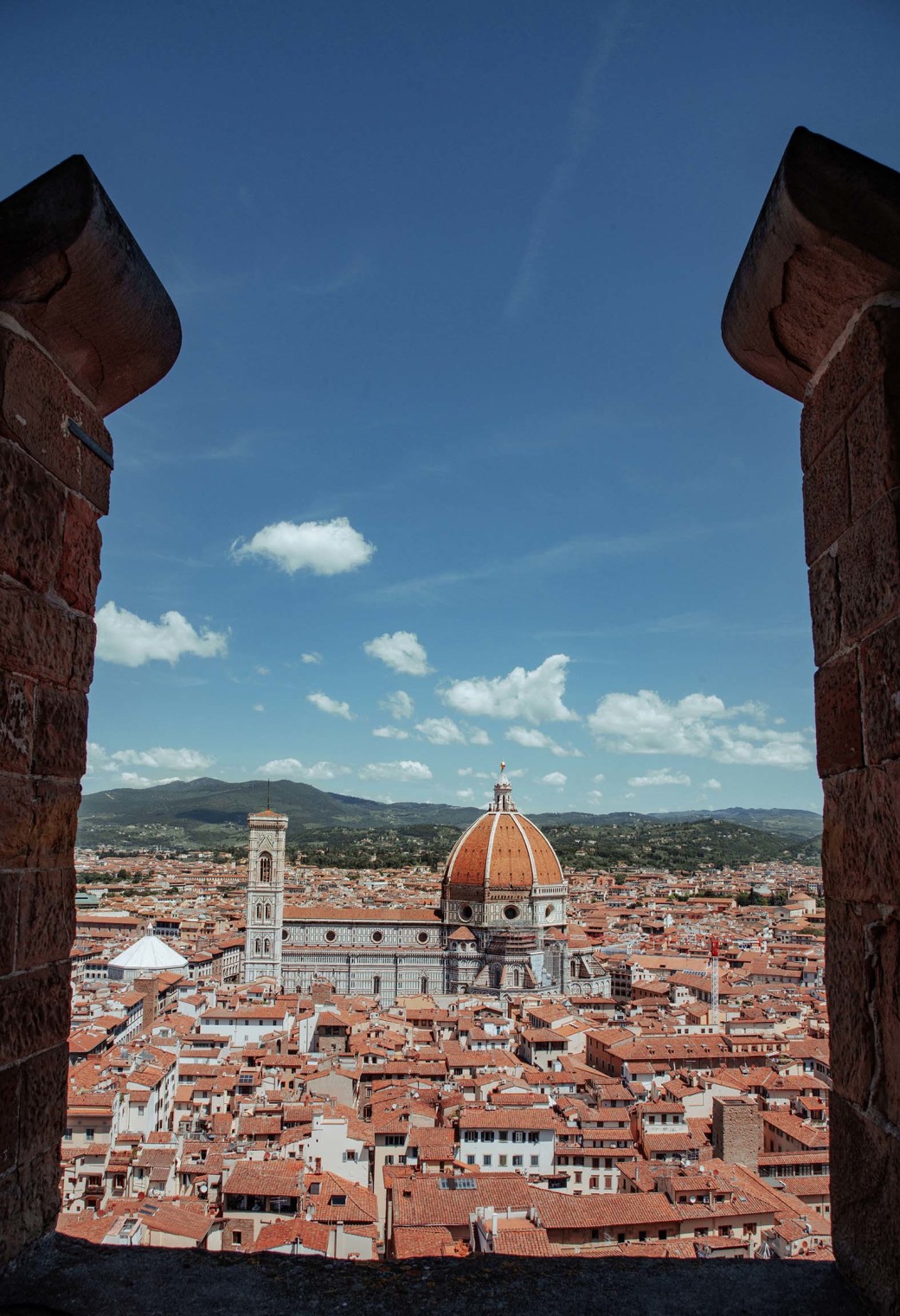 The amazing view of the Duomo from Palazzo Vecchio’s 95-meter-high Arnolfo Tower
The amazing view of the Duomo from Palazzo Vecchio’s 95-meter-high Arnolfo Tower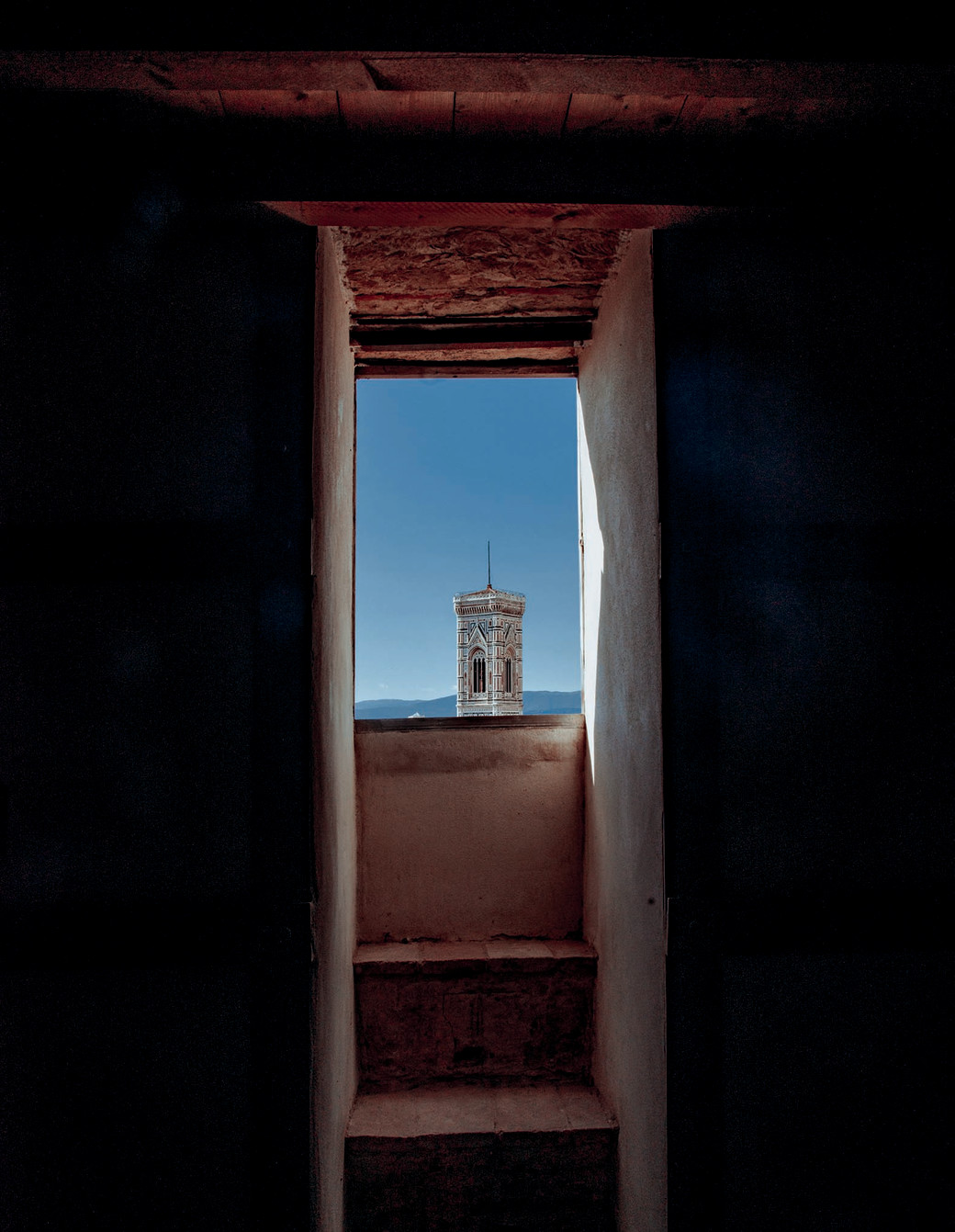 The Badia Fiorentina affords a view of the polychrome marbles of Giotto’s bell tower, whose 398 steps lead to the top
The Badia Fiorentina affords a view of the polychrome marbles of Giotto’s bell tower, whose 398 steps lead to the top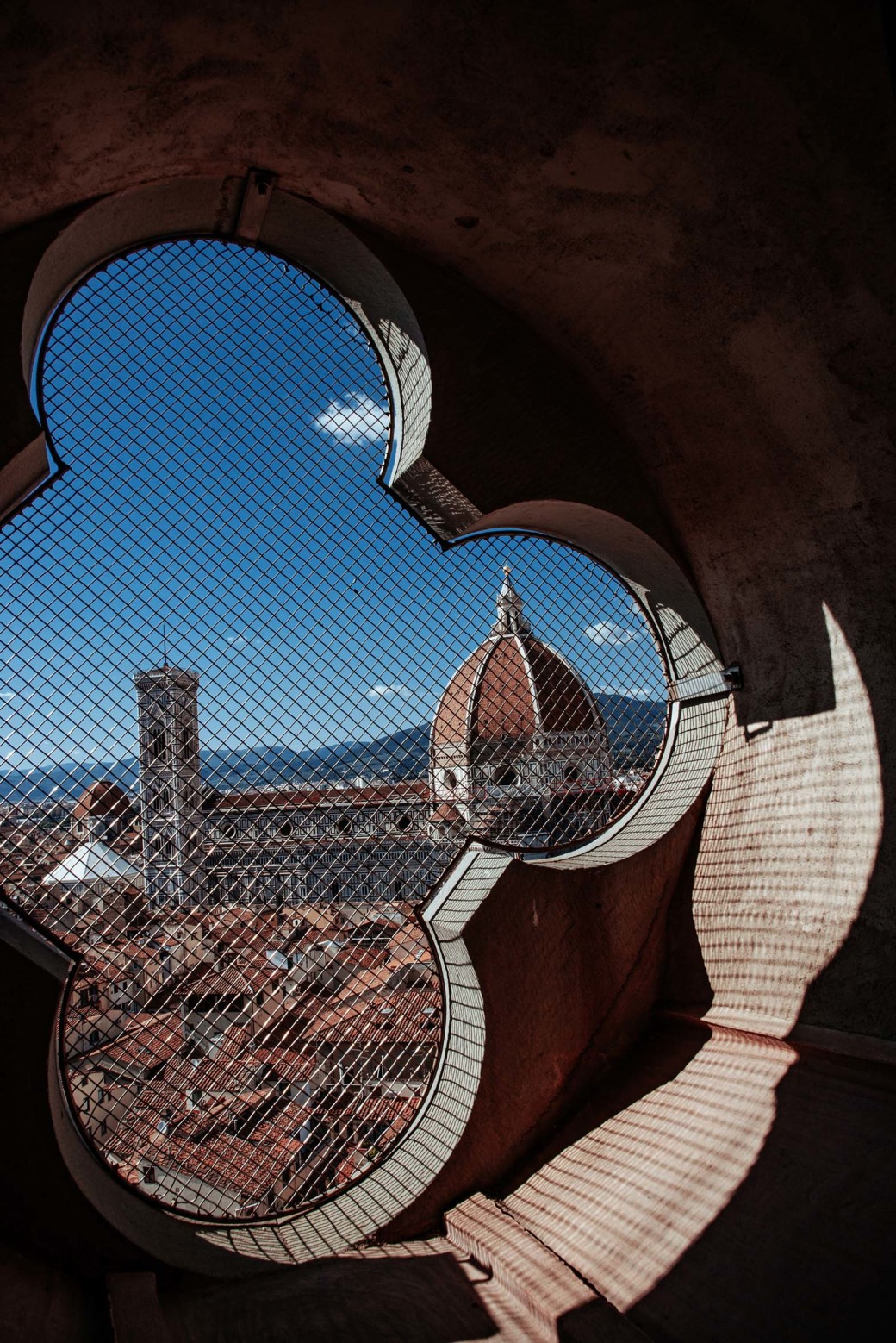 Badia Fiorentina was originally a Benedictine abbey, today it is located downtown, while other four abbeys surrounded Florence
Badia Fiorentina was originally a Benedictine abbey, today it is located downtown, while other four abbeys surrounded Florence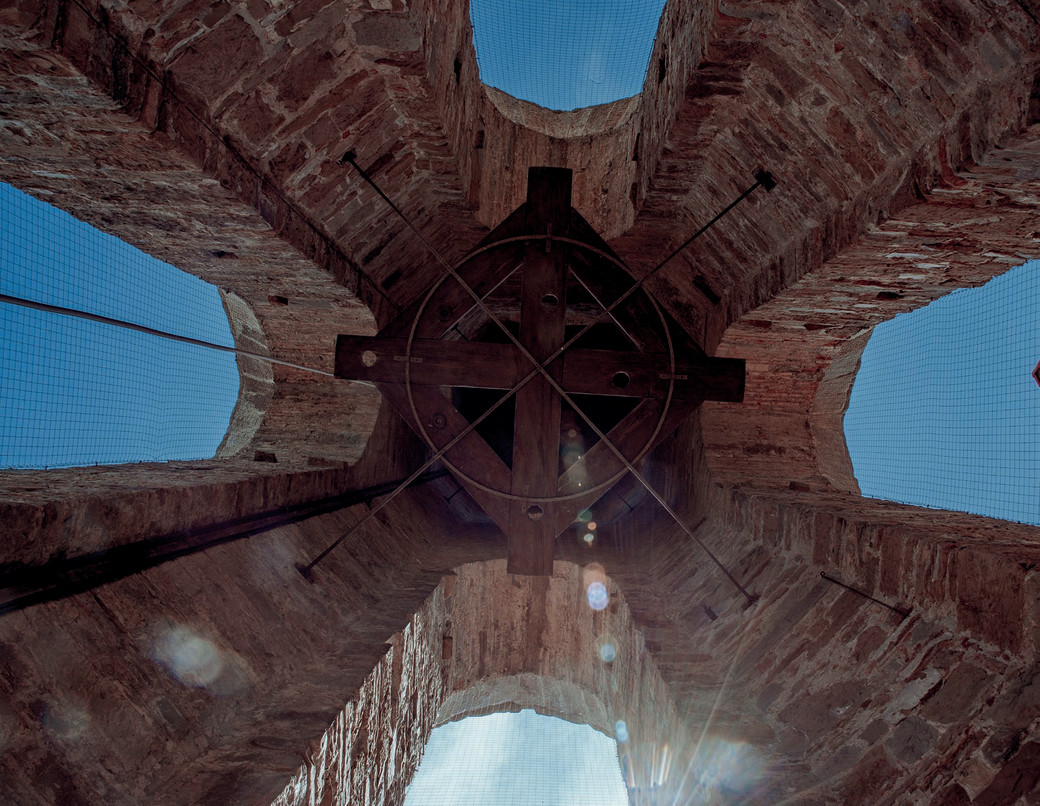 Santa Croce’s bell tower is over 78 meters high, it was built in 1847 and designed by Gaetano Baccani
Santa Croce’s bell tower is over 78 meters high, it was built in 1847 and designed by Gaetano Baccani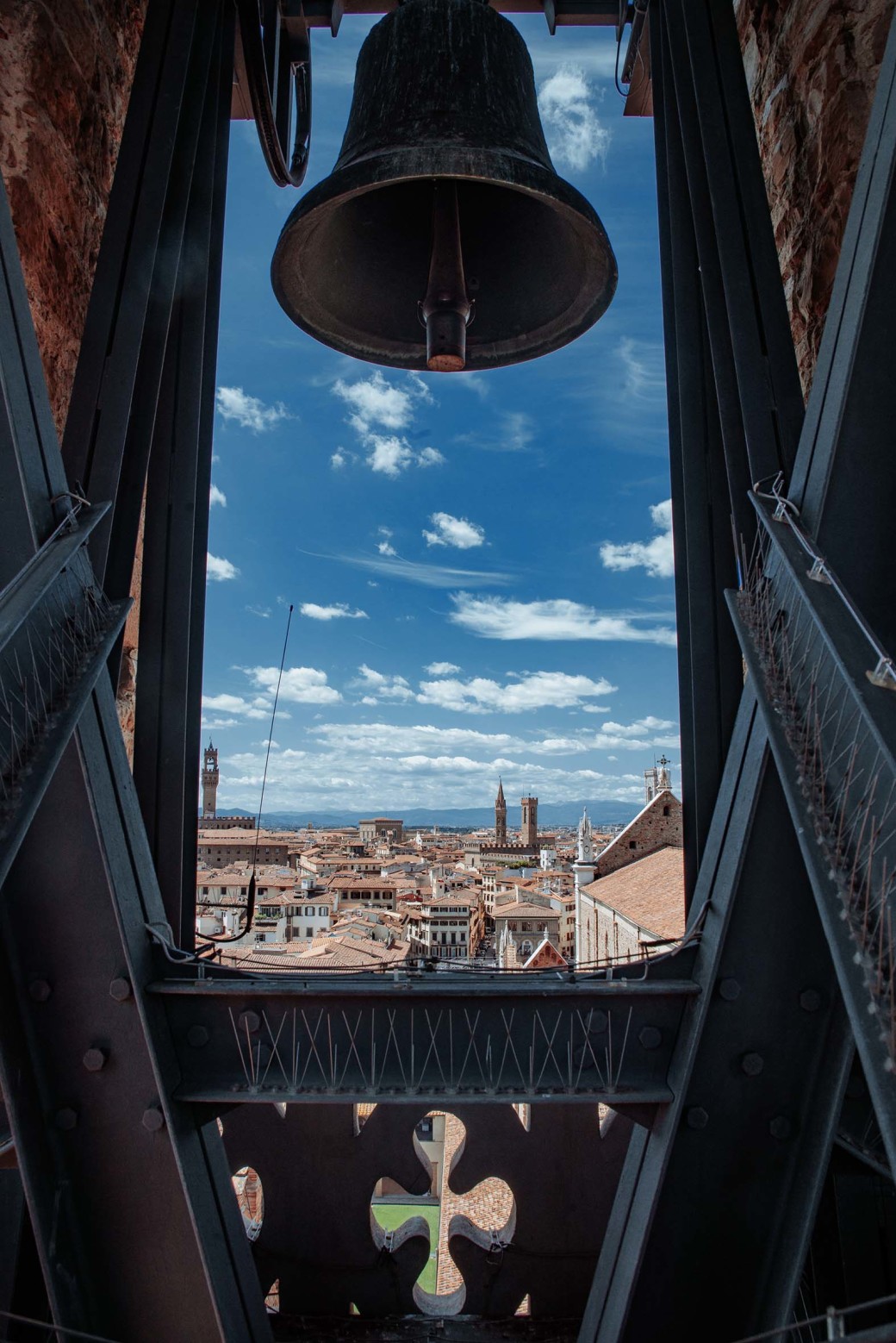 The cathedral of Santa Croce is a masterwork of the Gothic style in Italy and has been home to the Franciscan order for nearly eight centuries
The cathedral of Santa Croce is a masterwork of the Gothic style in Italy and has been home to the Franciscan order for nearly eight centuries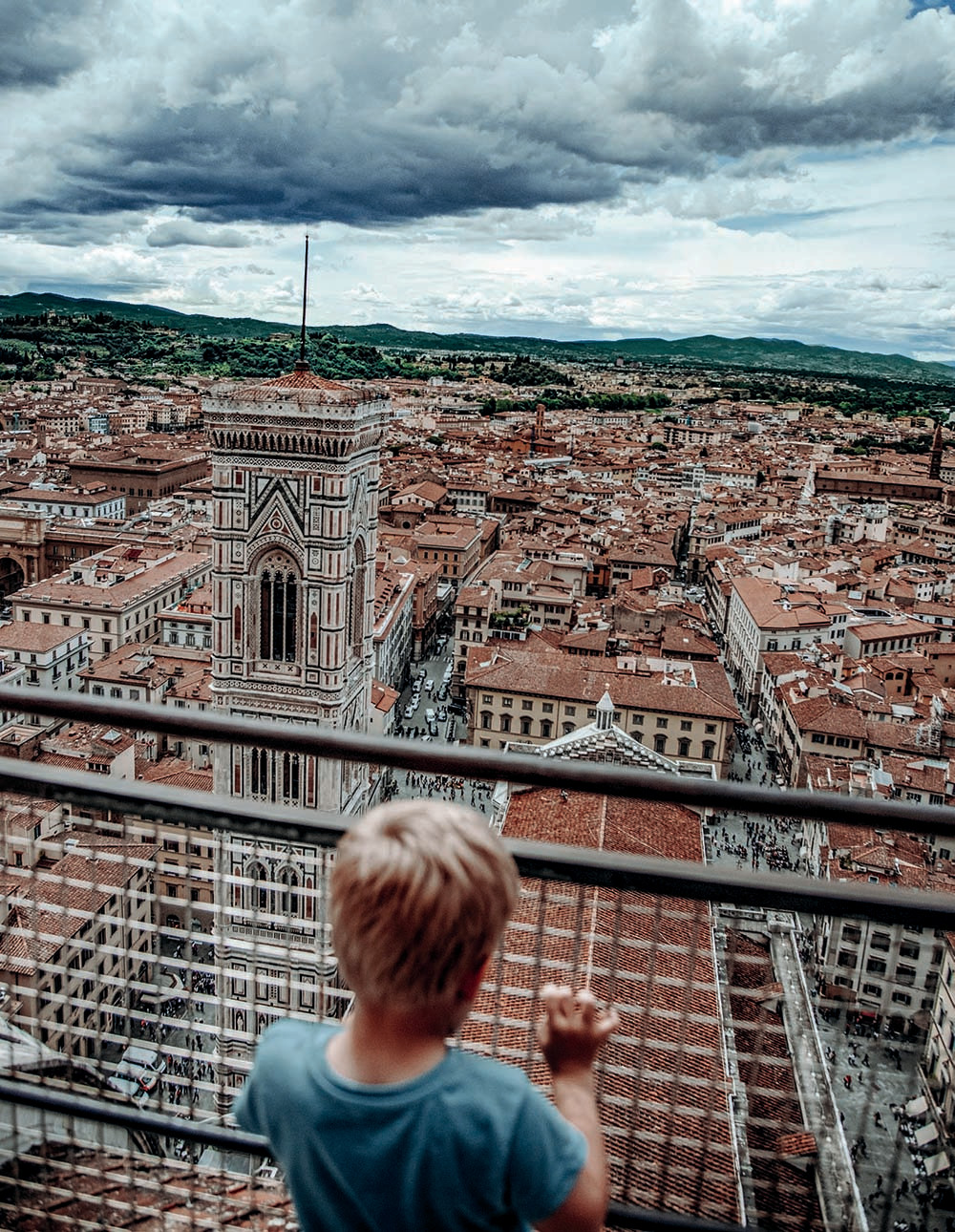 A view of the city from Santa Maria del Fiore, a masterwork by Brunelleschi completed in 1436
A view of the city from Santa Maria del Fiore, a masterwork by Brunelleschi completed in 1436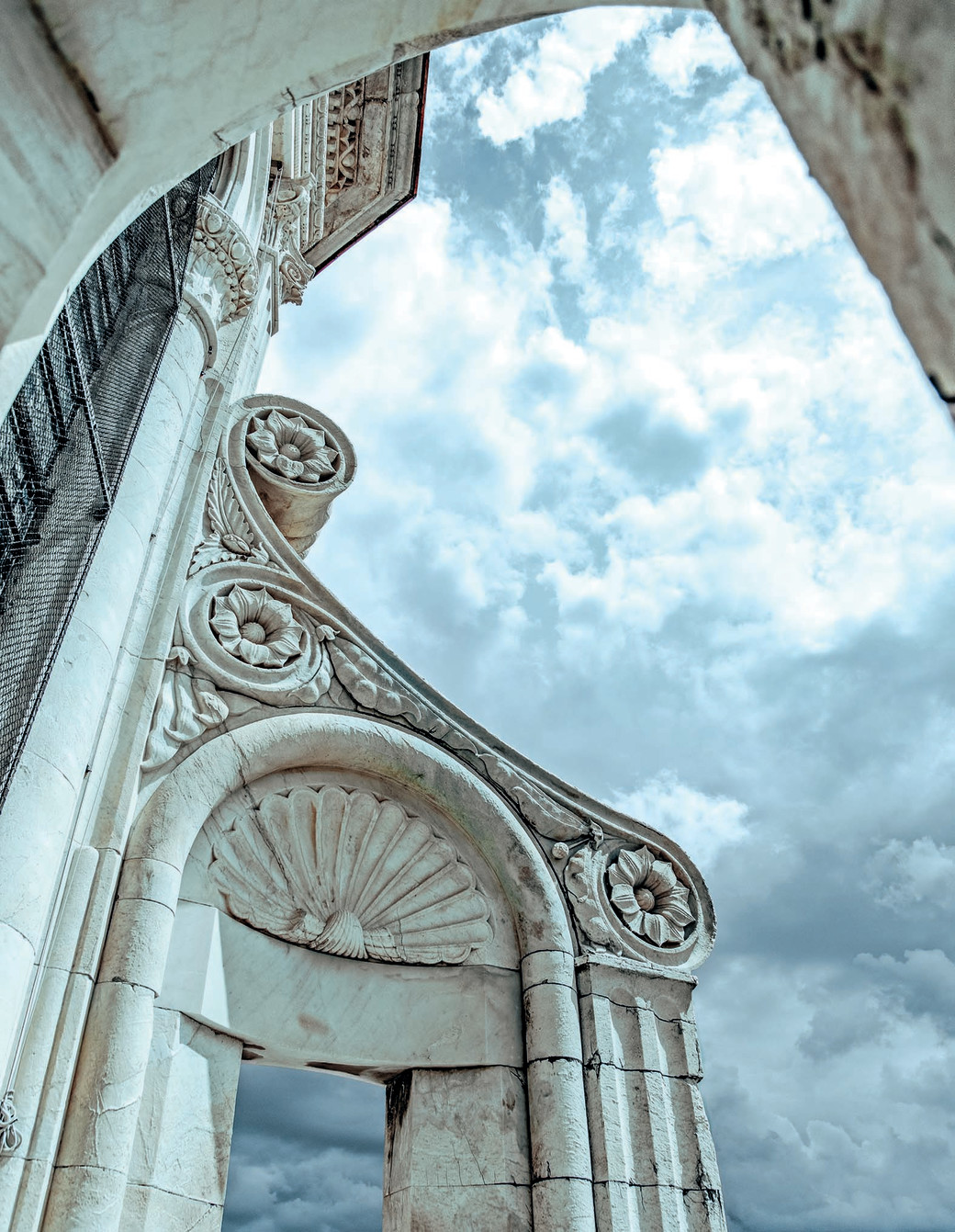 Santa Maria del Fiore, today’s third largest church in Europe, was the world’s largest church in the 1400s
Santa Maria del Fiore, today’s third largest church in Europe, was the world’s largest church in the 1400s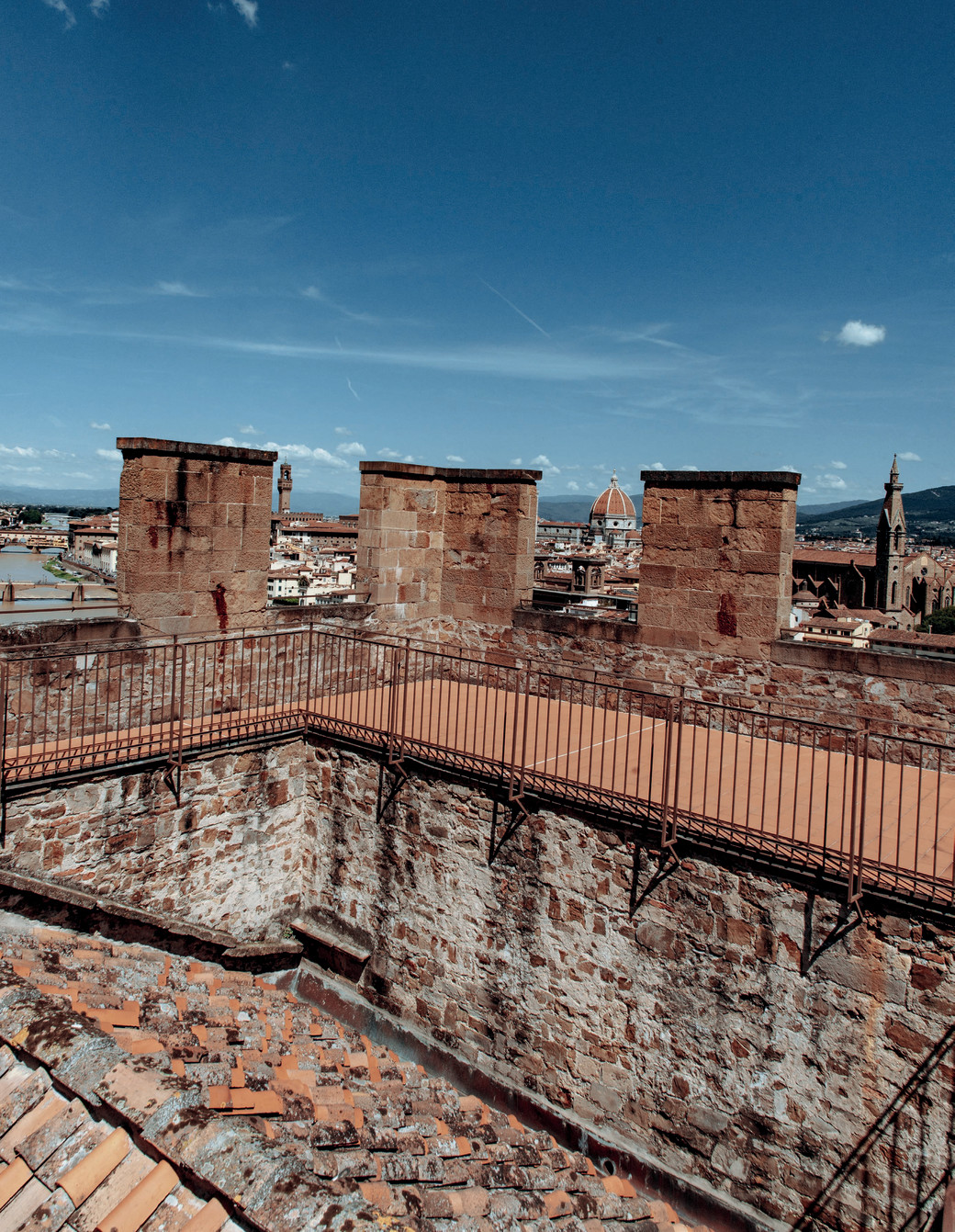 San Niccolò Tower is the city’s only gate that preserved its original height and offers such a unique view
San Niccolò Tower is the city’s only gate that preserved its original height and offers such a unique view The top of the bell tower built in 1333 by Talenti for Santa Maria Novella offers a view of the convent’s Big Cloister
The top of the bell tower built in 1333 by Talenti for Santa Maria Novella offers a view of the convent’s Big Cloister





